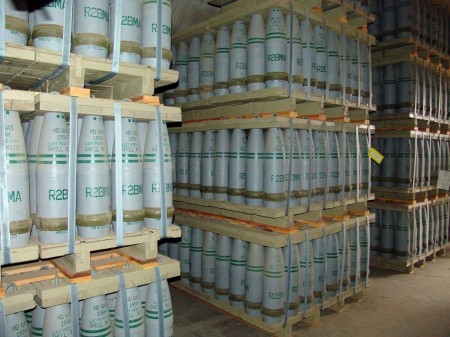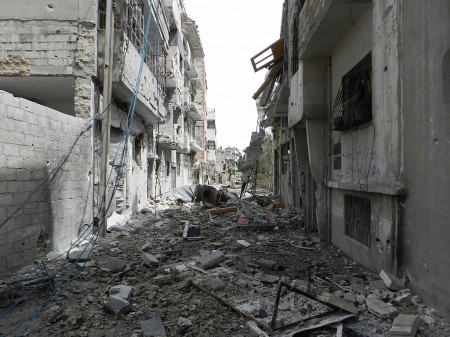
This article was originally published by Institute for Security Studies on 20 October 2017
Counter-terrorism fails when it alienates the very communities it is meant to help.
Counter-terrorism strategies aim to disrupt activities of violent extremist groups and limit the spread of violent ideologies. Recent ISS research, supported by several other studies, suggests that some state responses to terrorism – far from alleviating security concerns – instead exacerbate the problem.
States often take a blanket approach to counter-terrorism, identifying a whole group or community as a ‘risk community’ based on a shared identity with violent extremist groups. In such cases, a clear conflict is created between upholding democratic principles of pluralism, the respect for the rule of law and human rights, and states’ views on how to achieve national security objectives.




